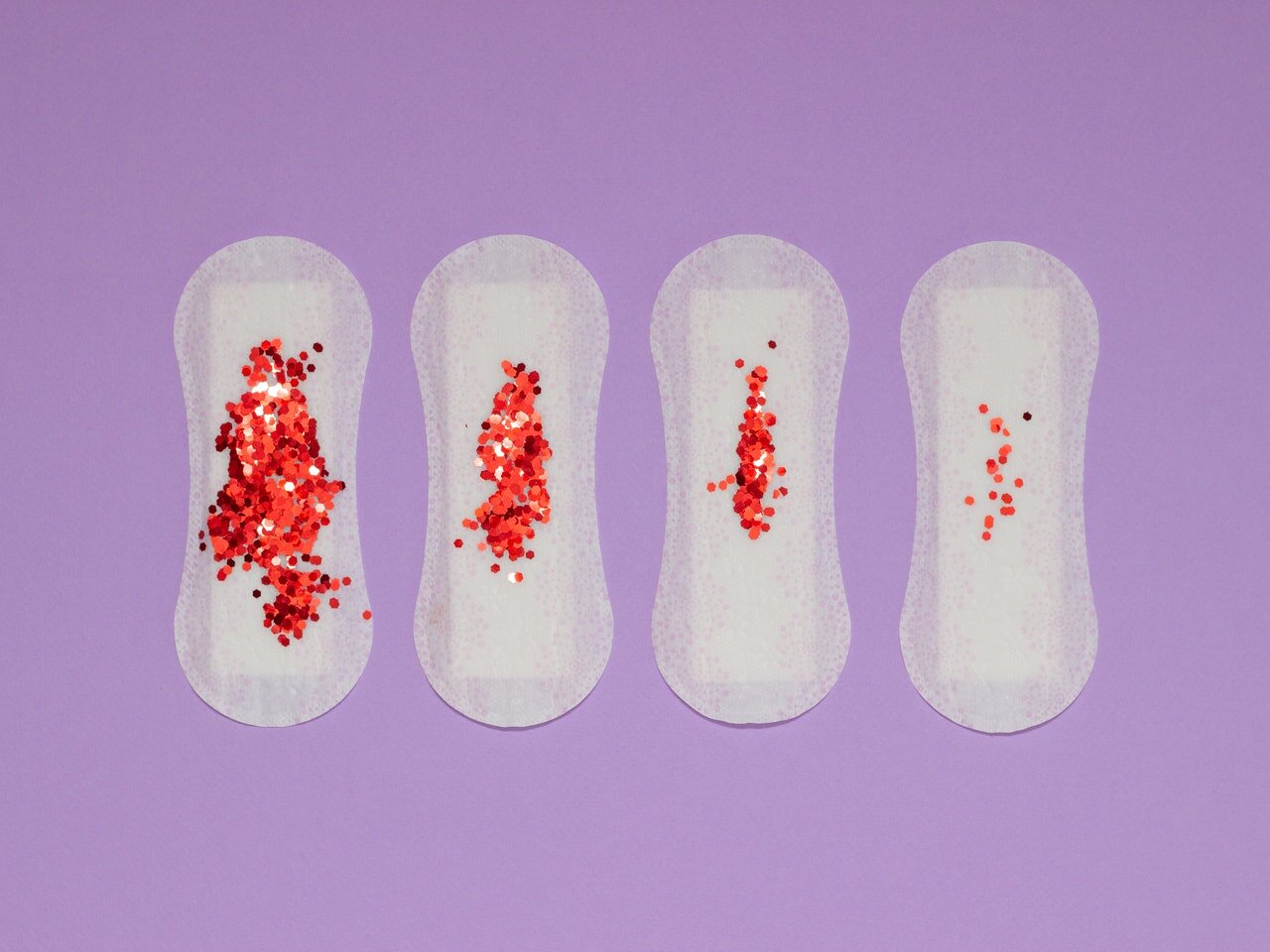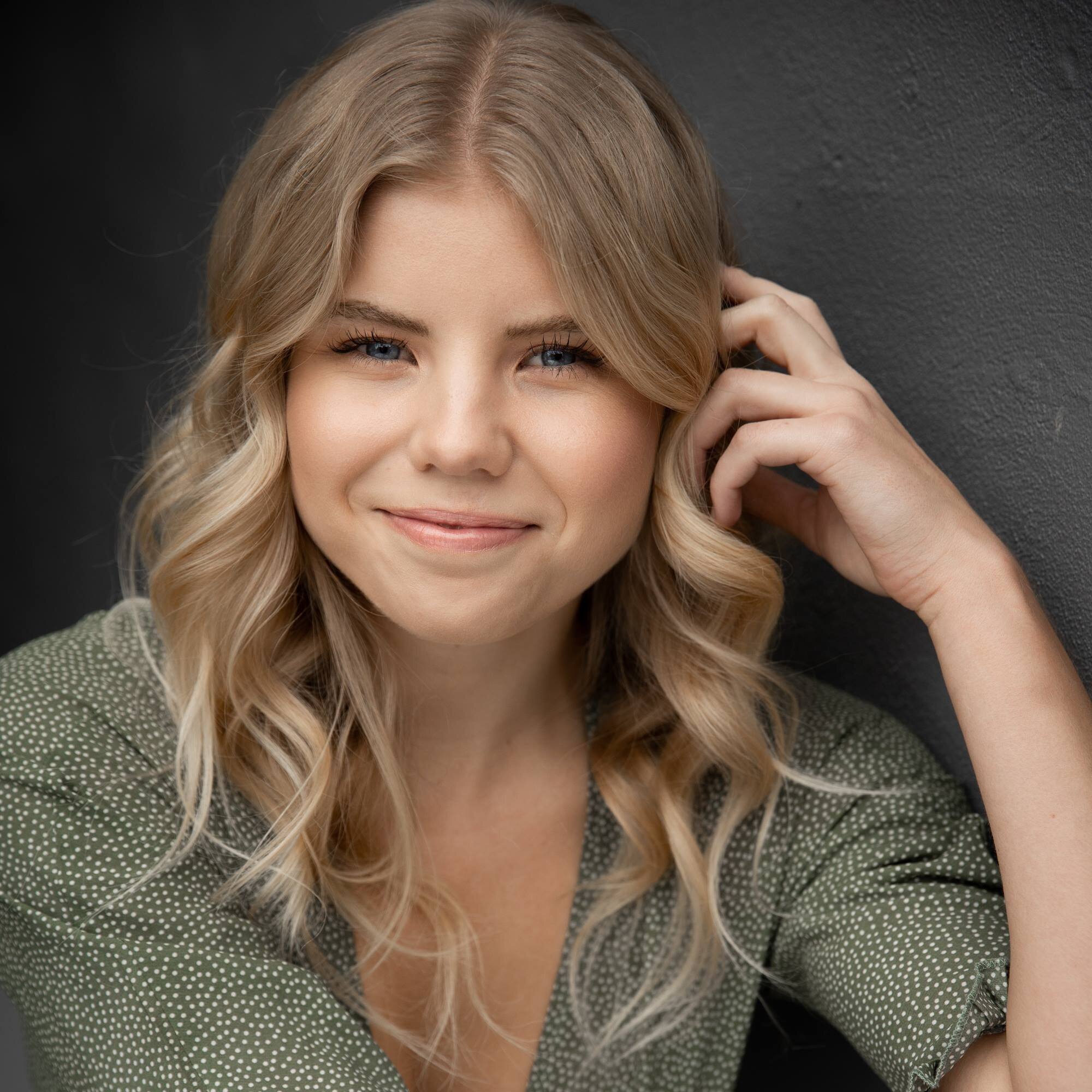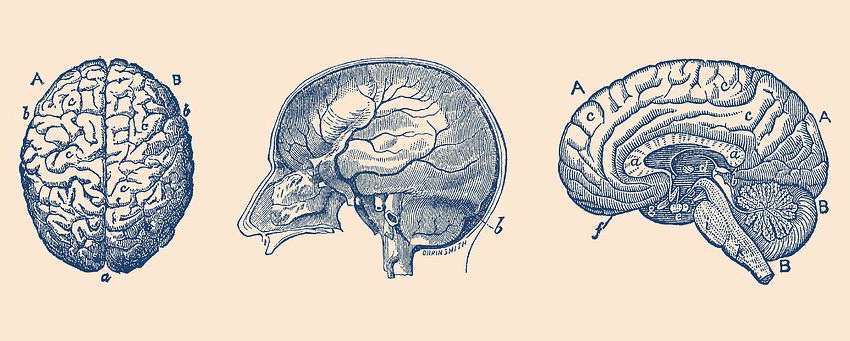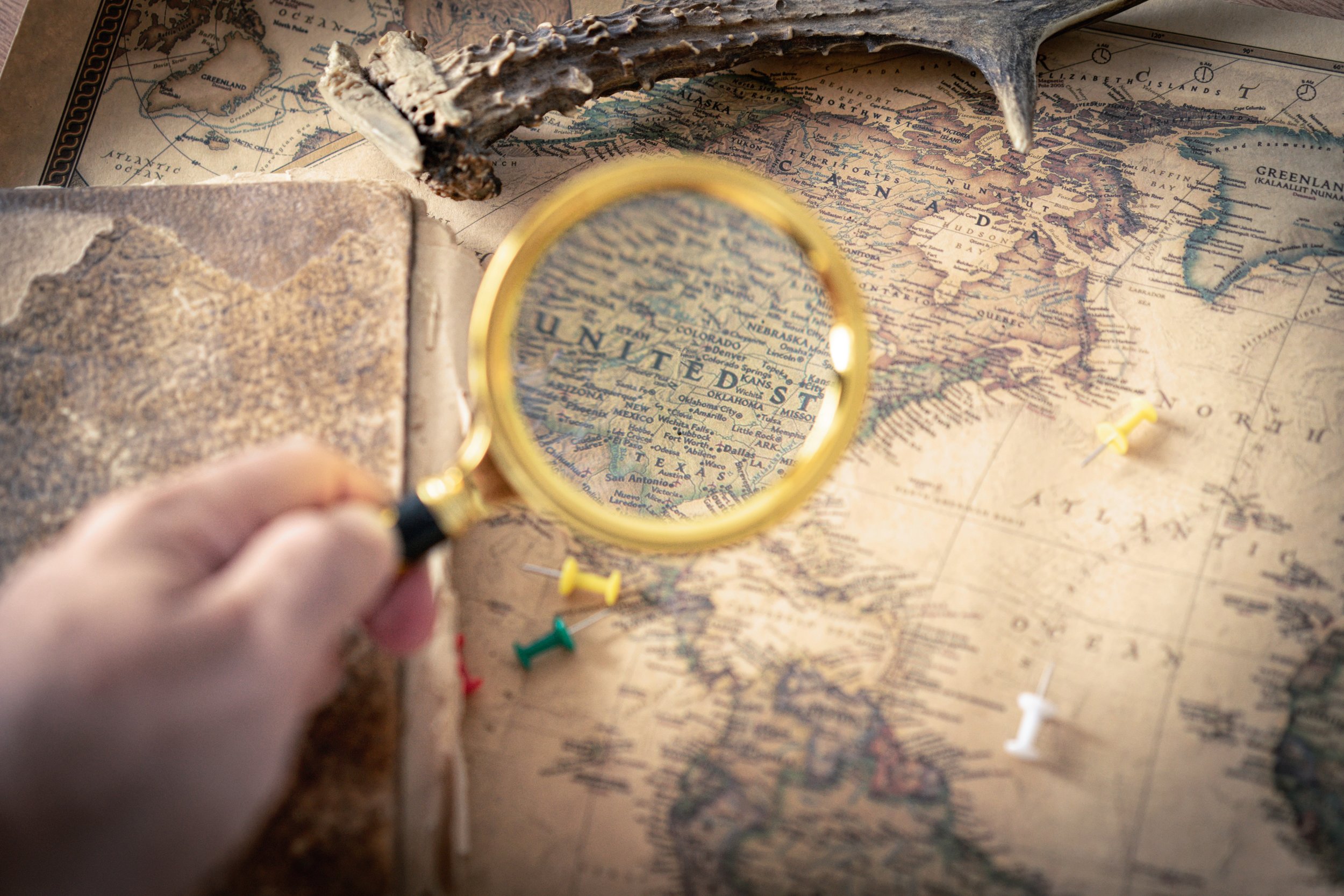Share This Article
Alice Litchfield discusses periods and the lack of accessibility around menstruation.
Let me take you back to Saturday morning sport. You’ve sat and watched your little sibling’s game, done your umpiring duty for the Under-10 Blues, and now you’re waiting for your turn to hit the court. A few red frogs and a blue Powerade later and you’re ready to go. Until…just before warm up, your excitement is quashed as a strange ache begins to develop in the lower part of your belly. Mum’s voice echoes in your head; you’ve gone and done it…you’ve eaten one too many red frogs. After dashing to the bathroom you quickly realise it wasn’t in fact the lollies, but you were becoming…a woman.
I got my first period in Year 8 at the local netball courts. Mum wasn’t there at the time so I sheepishly whispered to my friend to ask her friend to ask her mum if she had one of those tampon-paddy things. I remember at the time not knowing all that much about what was happening to my body. I didn’t know what period blood might look like, or that a pad stuck to your undies not your body. I was unsure about how I would be able to wee with a tampon in.
I thought getting my period meant I would be more mature, that I would feel like a woman, but in reality I had never felt so clueless. Despite how far we have come with female rights and expression, female menstruation is still considered a taboo subject. Girls can associate inherent stress and humiliation with their period. The lack of conversation around female menstruation means that these issues have, until recently, not been at the forefront of political agenda. It is for that same reason that young girls and women in Australia are suffering from period poverty in silence.
I don’t tell the story of my first period in an attempt to gain sympathy from a male audience, I do it to share a voice of solidarity with my female audience, and to encourage conversation. In fact, I am extremely fortunate in that as awkward as my first period story is, I was able to access sanitary products and did not have to face the humiliation and discomfort of bleeding without proper protection.
Period poverty describes the inability to access safe menstrual products. This issue might seem far away from us here in Australia, but in reality it is affecting women of all ages in our own backyard. The average female will spend around $15-20 per period on pads and/or tampons. That makes a total just shy of $10,000 in their reproductive lifetime (on average between ages 12 and 52). This doesn’t even include the cost of painkillers, heat packs, new underwear due to stains, and birth control.
In Australia, there are currently 1.7 million young girls and women living below the poverty line. These women are struggling to afford essential everyday items so purchasing proper sanitary pads and tampons is not an option. Not having access to these items not only places a large stress on young girls and women, it also places a huge risk on their health when forced to improvise with unsanitary replacements such as rags and old newspapers. In addition, when these women can get their hands on a tampon or pad, they may try to leave it in for as long as possible which can also lead to health issues including yeast infections and toxic shock syndrome.
Sanitary items are a necessity, not a luxury. Yet, until just two years ago, they were considered the latter. In 2019, GST was finally removed from menstrual items in Australia (in tandem, it was only in this year that abortion was legalised in New South Wales – females at the forefront of political agenda). Following this, Victoria became the first state to introduce free menstrual products in all government schools. South Australia and New South Wales have since followed suit, with New South Wales announcing in March of this year that it was to be rolling out a trial program in the next few months. This initiative is giving girls confidence to be at school during their period, and closing the gap for students who cannot afford these products.
Previously, girls who did not have access to pads and tampons would not have the confidence to involve themselves in activities such as sport, and in some cases, girls would be missing days of school when they were on their period. Providing free tampons and pads for young girls at school in combination with increased education around periods will help to alleviate the stigma around female menstruation.
Whilst this program is a fantastic step in the right direction, the fact is girls and women don’t only get their period at school. Girls continue to bleed at home and in public. Period poverty does not stop once a girl leaves school. It’s not just a first period story; it’s a second, a third. Every month we have a story of makeshift toilet paper pads, asking around for tampons, and for some, having to go without.
Last year, Scotland became the first nation to pass a bill for free tampons and pads in all schools, universities and public bathrooms. Providing free menstrual products in all public bathrooms seems an unbelievable prospect to us now, but why should it be? Public bathrooms provide items such as toilet paper, soap and hand towels for free as it is considered a basic human right to have access to these products.
Pads and tampons are just as necessary for 50% of the population, so why should they not fall under this category as well? I dare say if it was the other half of the population who were affected by this issue, it would have been solved long ago.
AUTHOR’S NOTE: This article was inspired by Isobel Marshall, and Eloise Hall, co-founders of Taboo Period Products.
For her work on period poverty, Isobel was awarded Young Australian of the Year, 2021.
To hear more about what you can do to help, please visit https://tabooau.co/ and follow their Instagram @tabooperiodproducts. ????
A good podcast for further insight: https://www.mamamia.com.au/podcasts/the-quicky/the-unsettling-reason-some-australian-girls-are-sk/
Images: Pexels




